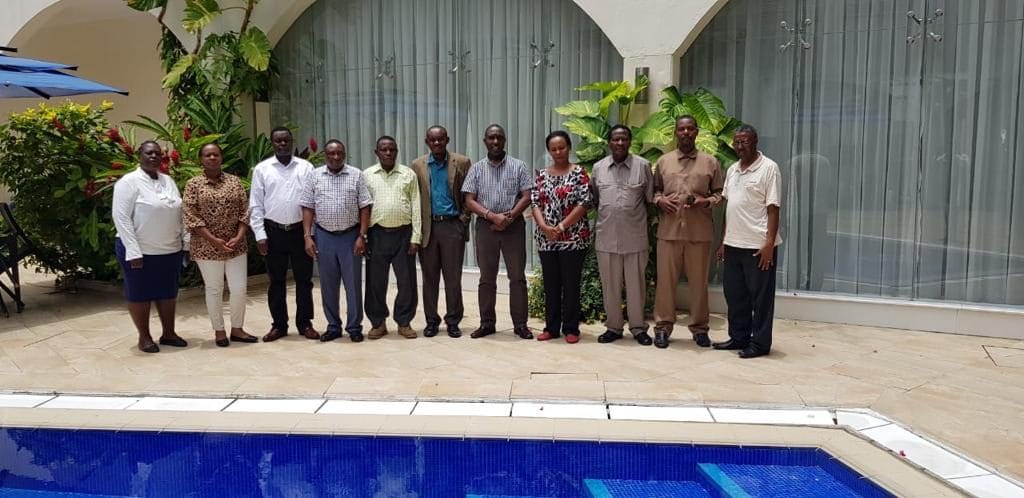Following years of programming geared toward developing local feed industries, the U.S. Grains Council sent its first commercial mission to East Africa (Kenya and Tanzania) in 2019 to assess market opportunities for U.S. sorghum and distiller’s dried grains with solubles (DDGS). In its initial year of programming in Kenya, the Council has taken major steps toward seeing these commodities being both accepted and introduced into the Kenyan feed industry.
The East African region has an annual deficit of almost 2 MMT of corn during a normal year. Compounding this situation, the region experienced a drought in 2018 that has increased needs by an additional 1 million tons – with drought conditions expected to continue into next year.
Demand for meat, milk and eggs in Africa is expected to quadruple by 2050, driven by changing demographics, rapid population growth and increased standards of living. East Africa has one of the largest rural populations on the continent and is projected to experience a faster rate of urbanization compared to other areas. This need is already noticeable in the region, and poultry and feed industries are struggling to meet the growing demand for poultry and egg products.
The Council’s mission to East Africa, which was funded using allocations from the U.S. Department of Agriculture’s (USDA) Agriculture Trade Promotion (ATP) program, strived to introduce alternative feed grain ingredients to the Kenya and Tanzania feed industries. The Council, in partnership with FAS-Nairobi as well as the Association of Kenya Feed Manufacturers (AKEFEMA), organized a round table seminar in Nairobi to provide key stakeholders within the Kenya feed industry information about the demand situation, ideal nutritional composition and the economic benefits of using U.S. sorghum and DDGS in poultry and dairy feeds.
In Nairobi, Kenya, feed producers are paying as high as $375 per metric ton for corn and more than $700 per metric ton for soybean meal. Local industry has increased pressure on government officials to allow procurement of lower-cost feedstocks – leading them to consider the United States as a potential origin – and to consider alternative feedstocks not been explored previously.
There is at least a million tons of potential sorghum demand and 75,000 metric tons of potential DDGS demand annually in the region. This said, there are also numerous barriers to U.S. exports, including a lack of familiarity with U.S. exporters and suppliers, import licenses, import duties and concerns around genetically modified organisms.
While in Kenya, the Council met with key feed manufacturing companies, including the largest in the country, to discuss using U.S. sorghum and DDGS in their feed formulations. Following the mission, the Council applied for and was awarded USDA Quality Samples Program (QSP) funding, which will allow to the Council to ship U.S. DDGS and sorghum to Kenya for feed trials. This is a unique opportunity for the region’s grain users to test and see the value firsthand of using U.S. feed ingredients in their products.
USDA Agricultural Trade Promotion (ATP) program funds have allowed the Council to engage the livestock and feed industries in the important and growing region of East Africa as they develop and look toward writing a free trade agreement with the United States. Having a strong foothold in a market like Kenya when opportunities arise will help address U.S. market access constraints, give U.S. farmers and agribusinesses an advantage in capturing sales, and help develop strong trade policy that can be adopted across the region.
About The U.S. Grains Council
The U.S. Grains Council develops export markets for U.S. barley, corn, sorghum and related products including distiller’s dried grains with solubles (DDGS) and ethanol. With full-time presence in 28 locations, the Council operates programs in more than 50 countries and the European Union. The Council believes exports are vital to global economic development and to U.S. agriculture’s profitability. Detailed information about the Council and its programs is online at www.grains.org.

